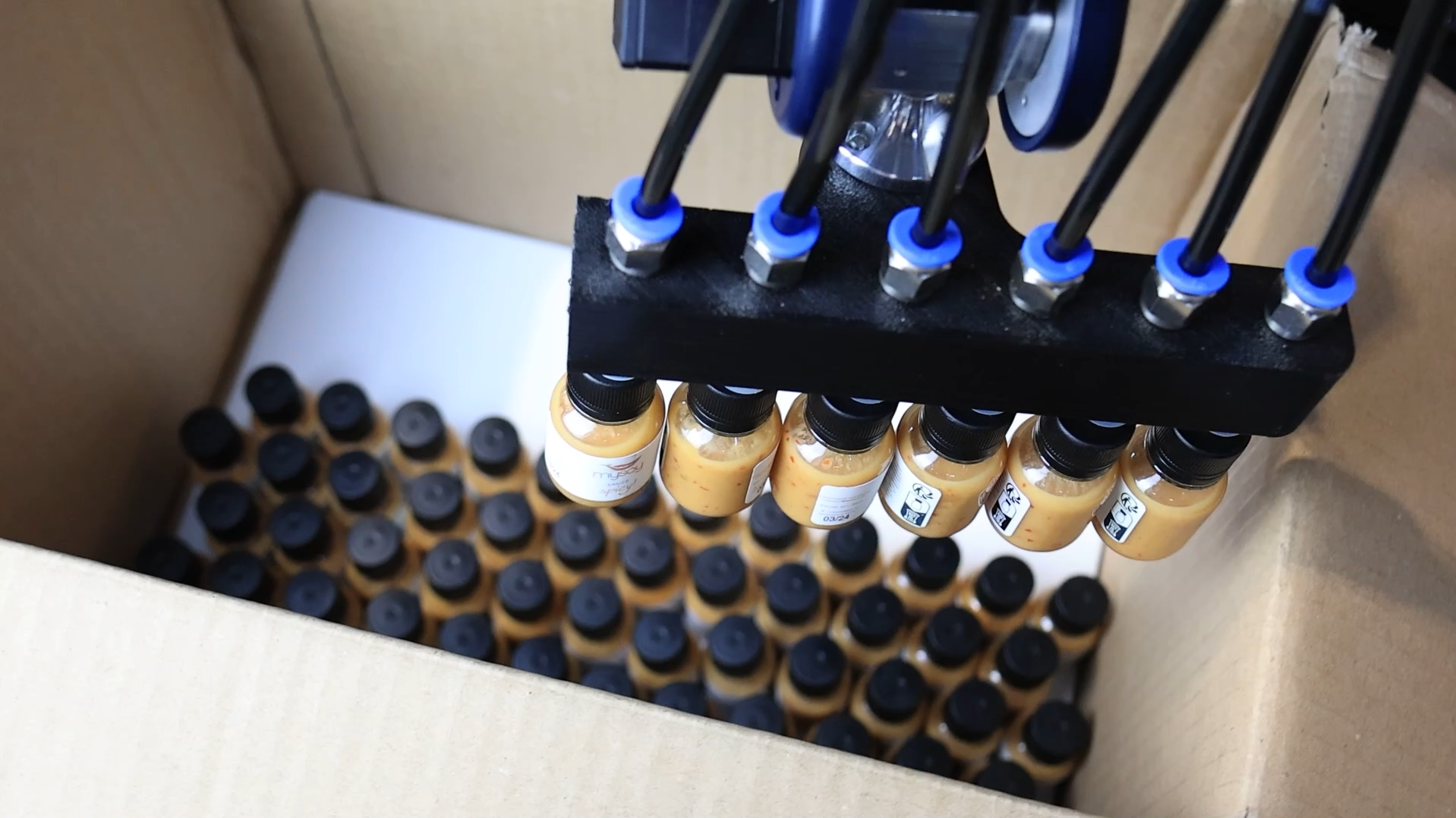Both collaborative and traditional robots play a crucial role in industrial automation. While cobots offer flexibility and safety for operators, traditional robots stand out for their precision and power. This article explores their advantages and limitations in terms of production, cost, and technological integration.
According to the “World Robotics” report by the International Federation of Robotics, published in October 2024, the number of industrial robots in operation worldwide reached 4,281,585 units, marking a 10% increase from 2023. The term “industrial robots” includes both collaborative robots (cobots) and traditional robots.
This article provides a comparative analysis of both solutions, highlighting their strengths, weaknesses, and specific applications. Whether you’re a business aiming to optimize production, improve product quality, or enhance operator safety, you’ll find the essential information here to make an informed decision. Understand the differences between these two types of robots in areas such as integration, flexibility, precision, safety, and cost.
Agile, versatile robots to meet the challenges of modern industry
Modern industry is constantly evolving, requiring companies to adapt to remain competitive. In this context, industrial robotics has become an essential solution for transforming production processes through automation.
Collaborative robots
These robots are designed to work safely alongside human operators. Their flexibility and adaptability enable them to perform a wide range of tasks, from assembly and handling to quality control. Easy to program and operate, they are ideal for companies seeking to optimize the efficiency of their manufacturing processes.
Traditional robots
Known for their high efficiency and precision, traditional robots are perfect for fast, repetitive tasks. They excel in operations such as welding, painting, or palletizing. Durable and reliable, they operate effectively in demanding industrial environments. Our robotic solutions also include these powerful robots, tailored to meet each client’s specific needs.
Choosing the right robot: a crucial issue for your production
Whether collaborative or traditional, robots represent a forward-looking solution to improve quality, precision, and safety across various industries. However, understanding the advantages and disadvantages of each type of robot is essential before implementing an automation solution.
Collaborative robots: a flexible and safe solution for industry
Collaborative robots, also known as cobots, are designed to work in close collaboration with human operators. They offer many advantages to companies:
– Enhanced safety: equipped with advanced sensors and integrated safety systems, cobots can work safely alongside humans, without the need for costly protective barriers.
– Increased flexibility: These programmable robots are easy to configure and can be quickly adapted to new tasks, making them an ideal solution for low-volume production requiring a wide variety of operations.
– Ease of use: cobots are generally simpler to install and program than traditional robots, which helps reduce training and service costs.
However, collaborative robots do have some limitations. They are slower and less powerful than traditional robots, making them less suited for fast tasks or heavy lifting. Additionally, while safe for human interaction, they may not always be optimal for repetitive or hazardous operations that require full automation.
Traditional robots: performance and precision for industry
Traditional robots are designed to perform complex, repetitive tasks with high precision and consistent quality. They are particularly well suited to industries with high production demands and strict quality requirements.
- Precision and durability: traditional robots are designed to be robust and reliable, ensuring consistent product quality and reduced downtime.
- Suitable for hazardous and repetitive tasks: traditional robots can be used to carry out dangerous or repetitive tasks, thus protecting human operators and improving working conditions.
However, traditional robots also have some notable drawbacks. Despite their efficiency, they come with high acquisition and installation costs, which may be prohibitive for some companies. Moreover, their installation is complex and requires significant modifications to the work environment, often needing specialist intervention. Safety is also a key concern, as these robots require costly safety barriers to protect operators.
From needs analysis to integration: key steps for a successful robotic project
Choosing a robotics solution for your company is a strategic decision that requires in-depth analysis of several points.
Needs analysis
A needs analysis is essential to identify the ideal robot for your company. Clearly define the tasks, throughput, work environment and budget to select the right robotic solution, whether it’s a collaborative, industrial or service robot.
Comparing solutions
To choose the ideal robotic solution, first assess your company’s needs and constraints. Then compare the various options available, including collaborative and traditional robots, weighing up criteria such as performance, safety, cost and integration. A thorough analysis of these elements will help you make an informed choice and adopt the most effective technology for your business.

















